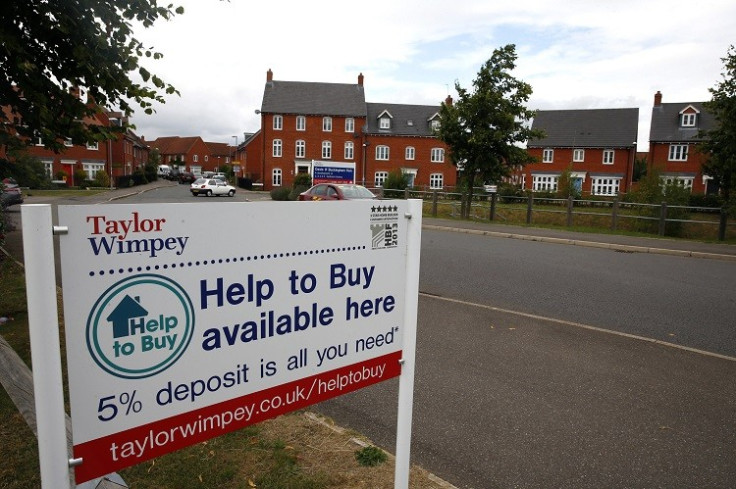Help to Buy Home Purchases Jump as UK Mortgage Approvals Rebound

The number of homes purchased through the Help to Buy equity loan scheme has accelerated by nearly a fifth, according to official figures, as mortgage approvals picked up from a several month long lull amid tighter regulation for the market.
There were 27,167 properties bought using the Help to Buy equity loan in the scheme's first 15 months to the end of June, up 4,357 - or 19% - from the total as at 31 May.
Of those, 85% were first time buyers. The data was released by the Department for Communities and Local Government (DCLG).
Mortgage approvals dropped overall by around 20% between January and May, before rising again sharply in June. The Bank of England said there were 67,196 mortgage approvals or home purchases during the month, up from May's 11-month low of 62,007.
Under the equity loan part of Help to Buy, home buyers can get hold of an interest-free loan from the government worth up to 20% of a property's value. This helps to bring down mortgage repayment costs and the initial deposit requirement, making it easier for people to access loans.
There are conditions, however. The equity loan is only interest free for five years. And the property purchased must be worth below £600,000 (€756,735, $1m) and a new build.
It must also be your home and cannot be sub-let, or be owned as a second property.
The average mean purchase price was £207,967, said the DCLG.
The top 6 local authorities in terms of legal completions were Wiltshire (469), Leeds (457), Central Bedfordshire (427), Peterborough (376), Milton Keynes (367) and Bradford (336).
Critics of the government said the figures show the Help to Buy scheme is failing.
"These numbers prove that Help to Buy is not delivering where homes are most needed, which is where there are jobs," said Alex Hilton, director of the Generation Rent campaign.
"And yet the publicity around Help to Buy continues to prop up a dysfunctional housing market that, like an addict, snorts ever more cash from the pockets of renters and from taxpayers in the form of Housing Benefit."
Affordability Tests
The mortgage market has faced stricter rules amid the rapid rise in house prices. The Office for National Statistics (ONS) said the average price of a UK house hit £262,000 in the year to May 2014 after leaping 10.5%.
This means borrowers taking on larger mortgage debt. In order to limit riskier lending, and the default threat when interest rates rise again from current lows, the Financial Conduct Authority (FCA) imposed stricter affordability tests on borrowers.
And the Bank of England will cap mortgage lending from October 2014. Only 15% of a bank's net new mortgage lending will be allowed to comprise loans worth 4.5 times or more the applicant's income.
These efforts come after years of intervention to make mortgages more accessible and kickstart the housing market in the aftermath of the financial crisis.
The Bank of England's base rate has sat at its record-low 0.5% since 2009. While the government and central bank have launched schemes such as Funding for Lending and Help to Buy in order to encourage lenders to loosen the availability of mortgage credit.
This push, coupled with a recovering economy, has added fuel to the housing market. The increasing demand has put extra pressure on the inadequate supply of homes, forcing up prices.
© Copyright IBTimes 2025. All rights reserved.






















